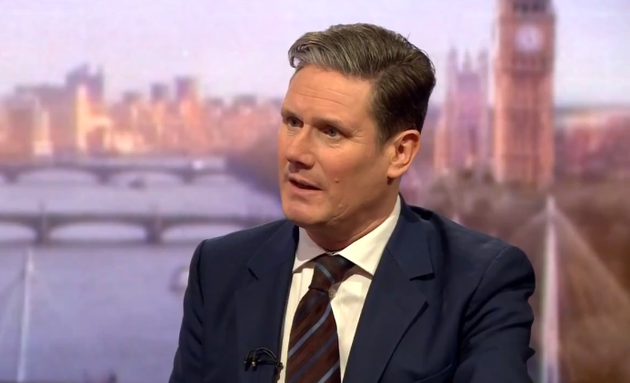Tuesday's NEC decision was a victory for Starmer, but more importantly a victory for members, writes Cathleen Clarke.

While you might be forgiven thinking that Tuesday was just another day in British politics, big changes happened in Labour Land.
Since Keir Starmer MP became leader back in April, he has made sweeping changes to the internal staff list at Labour HQ, also known as Southside. By getting rid of key components of the Corbyn machine, Starmer has avowed to start a fresh.
Yesterday, Labour’s NEC (National Executive Committee) met to decide the dates of Labour’s next set of internal elections. The primary role of the NEC is to provide strategic direction for the Party, especially between election cycles. It is usually made up of representatives from each section of the Party – the Shadow Cabinet, MPs, councillors, trade unions, Socialist Societies, Constituency Labour Parties (CLPs), Young Labour and BAME Labour. The current committee was elected in 2018 and they are all strictly mandated all serve two-year terms.
The purpose of yesterday’s meeting was to establish rules and outlines to elect the next NEC. This is usually done via online ballot whilst hustings, debates and campaign meetings are held across the country.
While in normal times there would be opportunities for Labour Members to connect and question NEC candidates – this will be the first NEC election conducted predominantly online. Naturally, this raises questions on how a mostly online campaign can take place and reach the entire electorate.
The hard left of the party called for a postponement of elections until the first wave of the crisis is over – but others on the soft left argued for a continuation of party democracy in case of several potential COVID-19 waves, and following the strict term limits that are set for the NEC.
This would rely on online and mobile campaigns which might not be as accessible to some party members. Yesterday’s meeting concluded that elections would take place in October this year with nominations closing on the 10th of July.
However, that is not all that was not all the NEC decided. The voting method in which the NEC elections are cast was decided too. In this instance – First Past the Post vs Single Transferable Vote (STV). While not known to most members, STV is seen as a more democratic and efficient method of voting, mirroring the ranked-choice system that was used earlier this year to elect Starmer.
Leading campaigners of STV like the campaign group Open Labour argue that it would stop the bitter internal infighting seen within the party, as it would allow representatives from across the party to be elected – not just from one faction. Labour party members could pick their favourite candidates for each post from a list, which they would then rank by preference – a shift away from one-slate-takes-all politics.
Members can put numbers next to as many or as few candidates as they like: once a candidate passes a pre-determined quota, they are elected. The remaining votes are then distributed across other candidates until the positions are filled.
With STV, even if your first choice does not win, your other choices can help elect the eventual successful candidates. It’s a more inclusive method of voting and assists candidates who are not completely factional or tied into a slate.
Yesterday’s NEC meeting, while not front-page news, could set in motion a vastly different Starmer era. With a new NEC and a new style of voting that is more inclusive and attractive, we might be on course for a vastly different style of Labour premiership during the Covid-19 era and beyond.
Cathleen Clarke is a Labour Party activist who specialises in youth campaigns.
To reach hundreds of thousands of new readers we need to grow our donor base substantially.
That's why in 2024, we are seeking to generate 150 additional regular donors to support Left Foot Forward's work.
We still need another 117 people to donate to hit the target. You can help. Donate today.



